Toccata and Fugue in D Minor (Bach) | Music Lesson Plan and Listening Map
from the Lesson Zone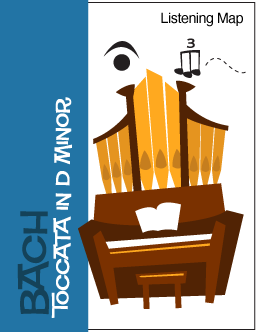
Introducing your elementary grade students to Johann Sebastian Bach's Toccata from Toccata and Fugue in D Minor is easy with this ready-to-teach music lesson plan and listening map.
Level
Grade 2-4
Objective
Students will learn about musical form through this music listening lesson. This lesson is designed to fulfill Standard #6 of the National Standards for Music: Listening to, analyzing, and describing music.Materials
Recording of Bach's Toccata and Fugue in D Minor
Toccata in D Minor Listening Map and Music Lesson Plan
Toccata in D Minor Music Lesson Plan
Step 1
Tell students, "We’re going to learn about one of the most popular organ piece ever written. It’s so popular that it’s sometimes used as video game music. It’s Toccata and Fugue in D Minor by Johann Sebastian Bach."
Step 2
Tell the students, "I'm going to give everyone a listening map. When you get it, please place it on the floor in front of you." Pass out the listening map. If you'd like to provide a reading opportunity for your music students, pass out the “Bach Toccata and Fugue in D Minor" page from the "Toccata in D Minor Music Lesson Plan" and skip to Step 3.
Tell students, “When Bach composed this piece it wasn’t an instant hit. In fact, it was nearly forgotten about for almost one hundred years. Then Bach’s music was rediscovered by German composer Felix Mendelssohn. One hundred years after that Walt Disney included it in Fantastia (1940). Today it is one of the most popular organ pieces of all time.
Step 3
Tell students, “Let’s begin with a review of the listening map. Knowing what some of these symbols mean will help you read the map.
First Section - At the end of the first section you see a fermata. That musical symbol tells you to hold the note extra long.
Second Section - In the second section there are triplets. That means you’ll hear notes grouped in sets of 3.
Third Section - The third section has several symbols that show you how high or low the notes are.
Fourth Section - The last section includes more triplets and a ritardando. Ritardano means to gradually slow down.
Step 4
Tell students, "I'll start the recording. Do your best to follow. If you get lost, look up to see where I am."
Step 5
Start recording.
Step 6
Ask students, "How did you do? Great! This time I'm going to reward the students that stay in the right spot with a piece of candy. I'll start the recording and stop somewhere in the middle. Next, I'll call a name from my roll book. If I call your name, and you're in the right place, you'll win the candy!"
Step 7
Start recording. Randomly stop three times, giving students a chance to win.
Step 8
Review by asking students, "Who can tell me something about Bach’s Toccata in D Minor?" “When was Bach’s Toccata in D Minor written?” “What instrument was it written for?” “Did Bach repeat large sections of music?” Did Bach repeat small ideas?” “Do you think this is absolute or program music? Why?” Reward students with candy.
Browse Best Seller Music Lesson Plans
-

Get UNLIMITED ACCESS to every printable resource on MakingMusicFun.net
-
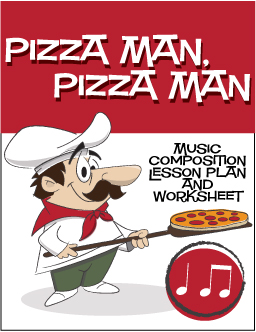
Pizza Man, Pizza Man | Music Composition Lesson and Worksheet
-
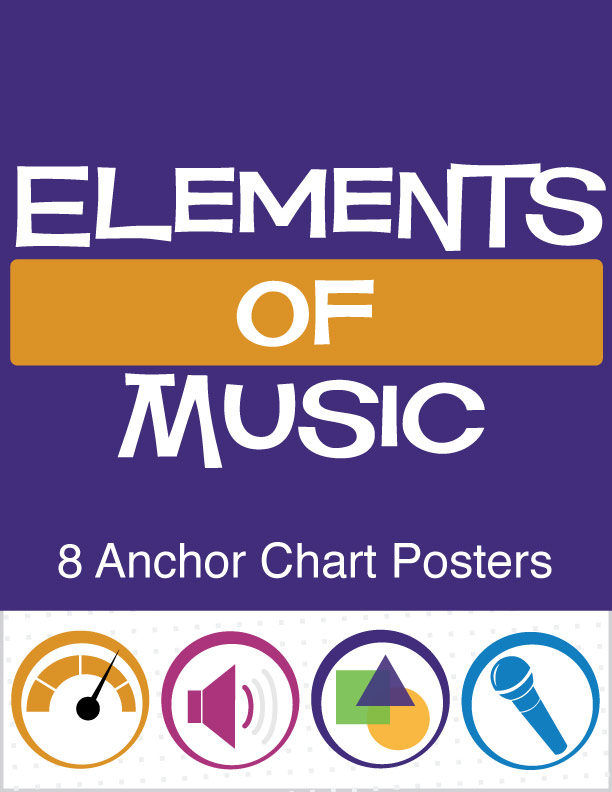
Elements of Music | Anchor Chart Posters
-
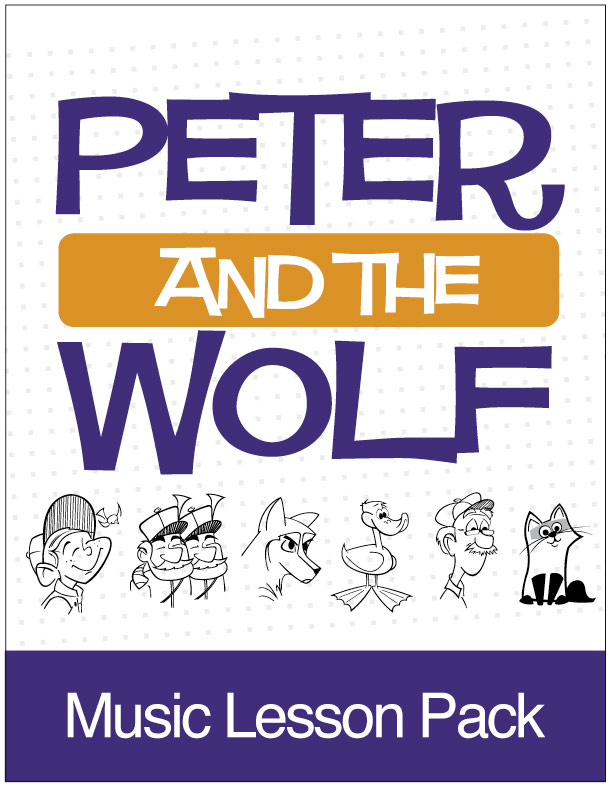
Peter and the Wolf | Music Lesson Pack
-
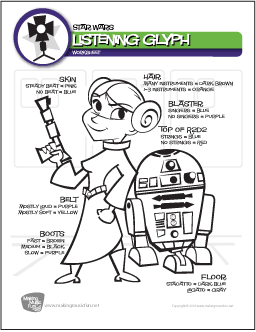
Star Wars | Music Listening Glyph Worksheets
Browse New Music Lesson Plans
-

Beethoven at Bat™ | Music Composer Game (2-6)
-

Little Sally Walker | Free Music Lesson Plan (Steady Beat) K-2
-
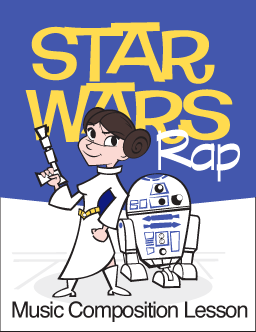
Star Wars Rap | Music Composition Lesson and Worksheet
-
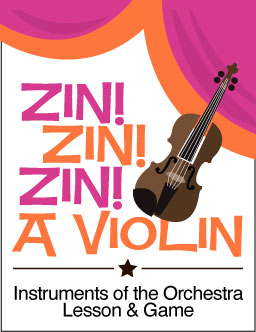
Zin! Zin! Zin! A Violin | Instruments of the Orchestra Lesson and Game
-
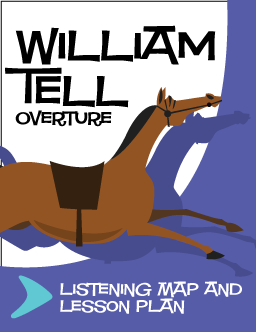
William Tell Overture (Rossini) | Music Lesson Plan and Listening Map